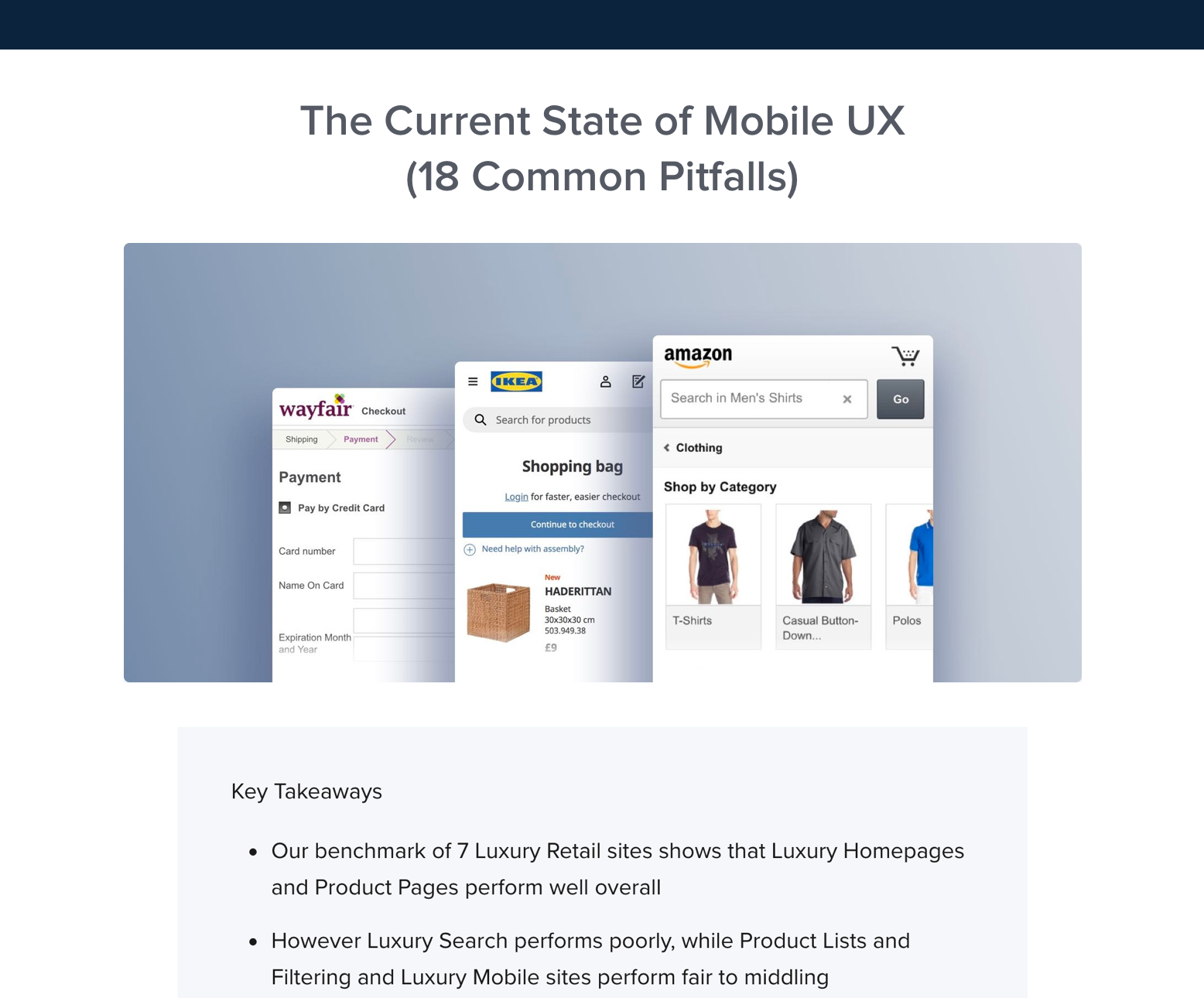The more involved a user is the more you can ask of him (e.g. fill out a questionnaire, give you money). The opposite is true as well, the less involved a user is the less you can ask of her.
The consequence of this is that you a) need to adjust what you ask of each of your customers according to their level of involvement, and b) need to move them into the next circle of care as frictionless as possible.
For example, someone who has bought your product will likely fill out 2-3 form fields if you just ask politely. Someone who has just landed on your site and never heard of you before will be much more reluctant to do the same.
How your circles of care are laid out will of course vary depending on your industry and site. But it might look something like this:
Using the circles of care, you can easily segment your users by level of engagement with your brand.
The important takeaway here is that the willingness to interact and perform a desired action greatly increases for each layer the user gets closer to the center.
A common offender is jumping ahead in the circle. It’s not to say that its impossible to make a total stranger give you money, it’s definitely possible, but will require much more persuasive arguments and have a higher abandonment rate, than getting the same person to subscribe to a free newsletter and then later on lift that person from “visitor” to “pays you money”.
In the previous 18 Ways to Simplify ‘Sign Up’ article I had a great discussion with “Kurren” about the need for e-mail activation links during account sign-up. This is a great example of how the circles of care can be used to analyze the situation: do we need to remove sign-up friction for the “new visitor” that is about to take the jump to “tried your product” on great expense for some of your “use your product regularly” (there is no generic answer for the activation link email, you have to analyze each situation).
The way you can use the circles of care actively is by:
- Always try to move your users to the next step up the ladder, but only a single step at a time.
- Acknowledge that the larger your make each jump up the ladder the more persuasion is needed and the less friction should stand in the way.
- Segment your visitors so that the action you ask them to take is customized for each.





